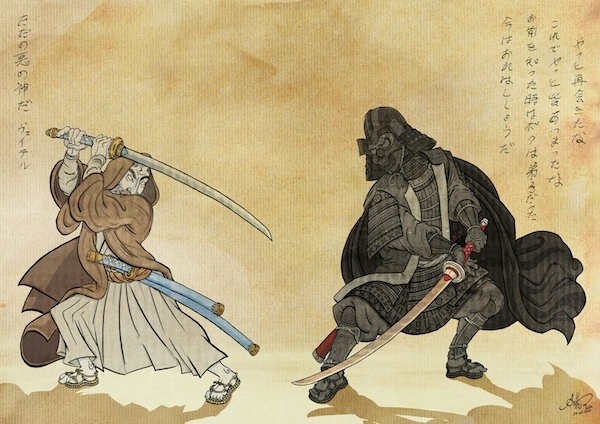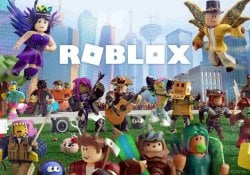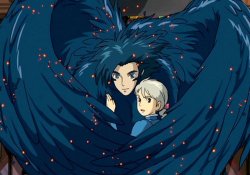Creating an engaging story involves a lot of things that need to be taken into account. One of the most important things to consider is the setting, characterization, and action. These three things help establish tension and create a story that will keep readers engaged.
Índice de Conteúdo
Action is a great way to build tension.
Creating action in a story is a great way to establish tension. The audience is hooked on every step the characters take, but you must balance the action with the rest of the story to keep the reader interested.
You don't need to write a full-fledged action sequence, but you can incorporate smaller moments that heighten tension. For instance, a car losing power while passing a T-Rex paddock may be exciting, but it doesn't need to be life or death.
The best action sequences combine cause and effect, letting the audience know what's coming next. One example is the Battle of Helm's Deep, which doesn't just involve a sword fight. The tide of battle is swinging and shows little wins and losses for the two sides.
Another example is a Jedi battle with a Sith, which is tense and violent. You can see it in movie review examples, but it's not the first Jedi battle in the history of cinema.

Characters that are alive and real
Creating a memorable character is no small feat. The good news is that there are several ways to do this. For example, you can use sensory details to make your character seem more real than he is, or create a believable character using the right language.
One of the most exciting tricks is to create a very intriguing character that your readers won't wait to find out more about him. To do this, you need to get creative. Consider a character with a unique personality. For example, you can create a character with a unique sense of humor. Or you can choose a character that has a unique physicality. For example, you might create a character with a physical deformity, such as a limp or a disfigured limb.
Another trick is to create a character that can outshine the rest of the cast. For example, you can create a protagonist with more goals than the rest of the form.

Setting and characterization
An experienced essay writer says that using setting and characterization to make your story compelling is an integral part of storytelling. The location is where your account takes place and plays a significant role in defining your plot, character, and mood.
The setting is a geographic location and includes everything from weather, geography, and buildings. It also covers the immediate social environment, which can affect your characters' actions.
The setting also serves as the backdrop for your story. It can add a sense of mystery, danger, and other aspects to your account. When soil is used well, it enhances your story's plot and gives your characters the motivation they need. It can also provide clues to your characters' motivations.
The setting can be based on real locations or it can be an imaginary world. A dark and desolate landscape can represent the protagonist's feelings of despair. It can also build suspense or give your characters a sense of peace.
The setting can also include cultural and social elements. The social age can influence your characters' values, family roles, and sensibilities. You can also link historical events to your story's theme.

The article is still halfway through, but we recommend also reading:
Suspense is always about questions
Regardless of what genre you're writing, suspense is always about questions. Questions set the mood and interest the reader in the story. Tension is also about making promises to your readers. If you give them what they're looking for, they'll be interested and never get bored.
Questions can come from characters, situations, or even from the author. They can be literal questions or meanings behind something that are not directly stated.
A question could be as simple as "Where is Papa going with that axe?" Or it could be a mystery that's driving the characters to wonder. You don't have to have the answers to every question, but you do have to make sure that the reader knows where the story's going.
Another type of question is a reaction question. Emotions, such as fear or hope, create them. For example, if a character is afraid of something, he or she will react negatively. If a character is happy, he will respond positively.







